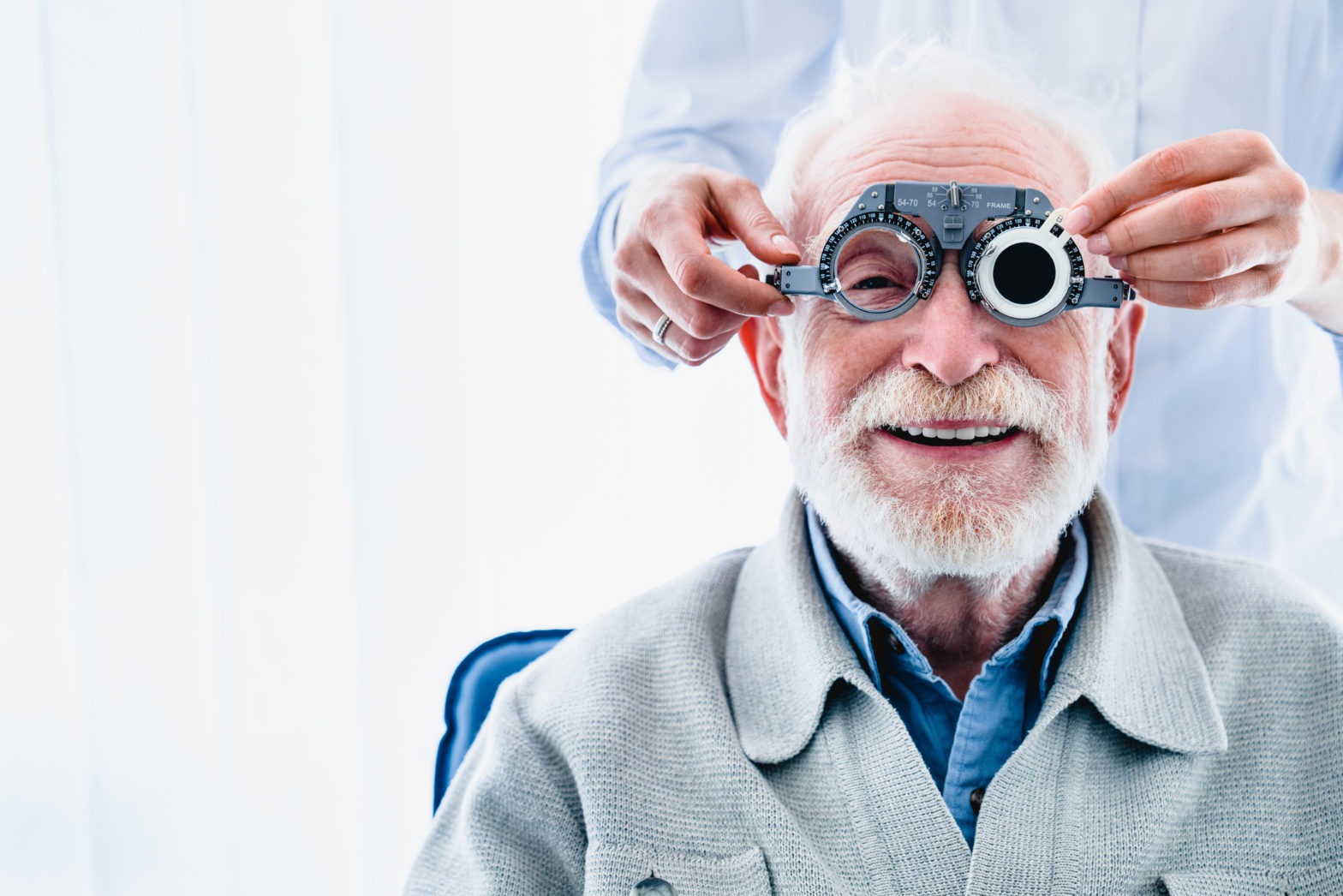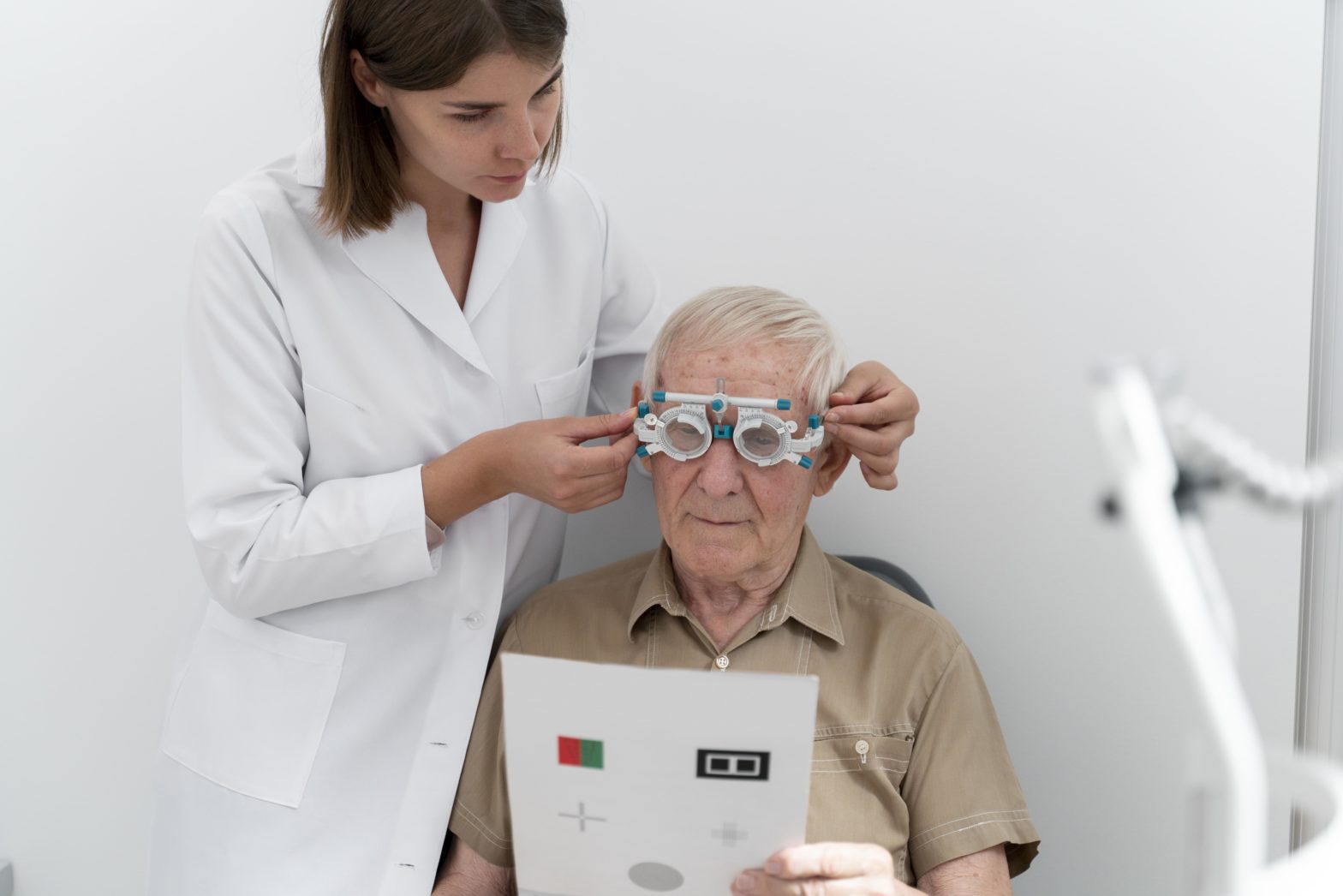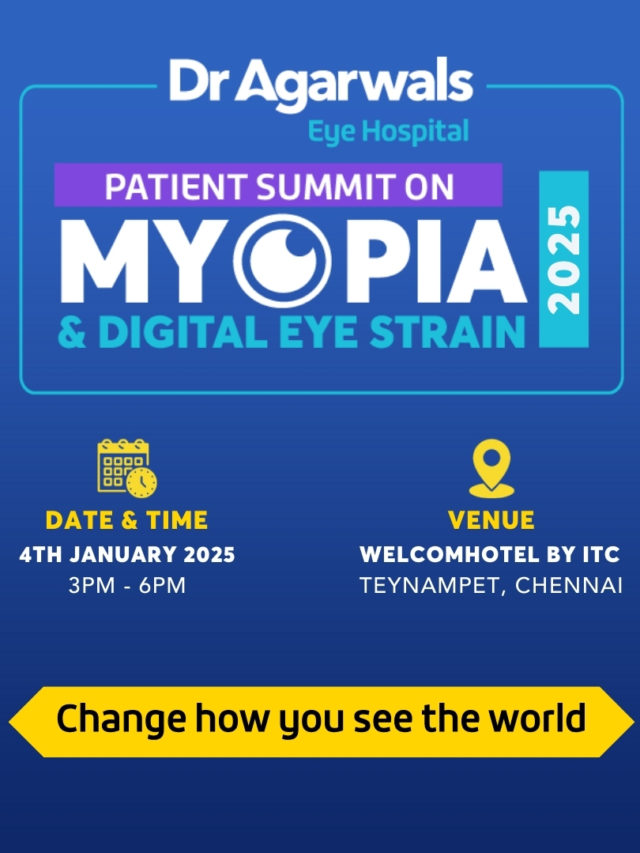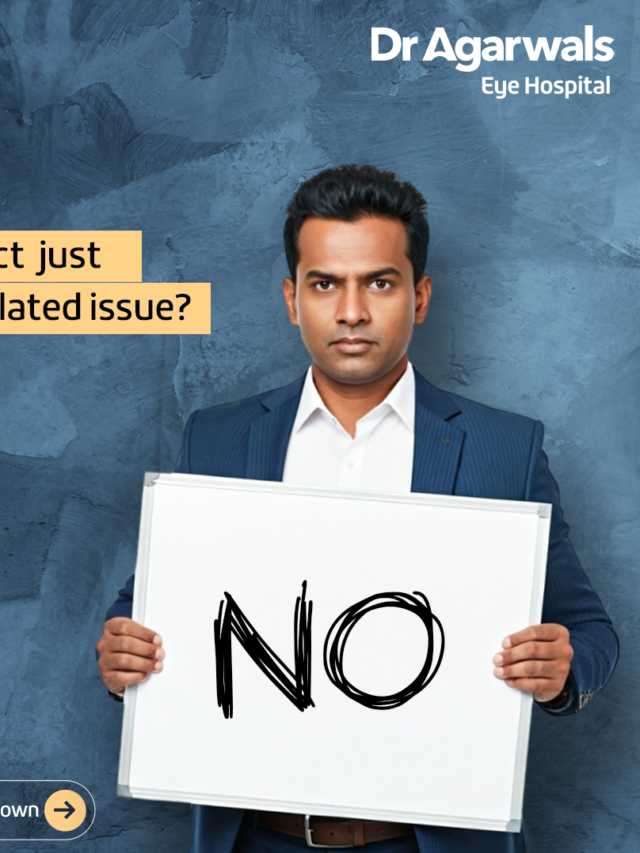As the golden warmth of summer fades and the chill of winter sets in, many people notice a subtle shift in their mood. For some, this isn’t just a passing phase—it’s a condition known as Seasonal Affective Disorder (SAD). SAD is a form of depression triggered by seasonal changes, typically beginning in the late fall and continuing through winter. While most discussions about SAD center around mood disturbances, its lesser-known impact on eye health deserves equal attention.
Your eyes are not just windows to the world; they also respond to the environment’s cues, such as light and temperature. But when winter’s darkness and dry air settle in, your eyes may bear the brunt. Let’s dive into how SAD affects eye health, the science behind it, and ways to safeguard your vision through the seasonal slump.
The Science of Light and Its Link to Eye Health
One of the primary triggers of SAD is reduced sunlight exposure, which disrupts your body’s internal clock (circadian rhythm). This disruption leads to imbalances in melatonin and serotonin—hormones responsible for regulating sleep and mood. But did you know that sunlight also plays a critical role in maintaining healthy vision?
Here’s How:
- Regulation of the Body’s Biological Clock:Your eyes act as sensors, sending signals to the brain to regulate sleep-wake cycles based on the amount of light they receive.
- Boosting Vitamin D Production:Sunlight exposure through the eyes triggers vitamin D synthesis, which is crucial for reducing inflammation and maintaining eye health.
- Controlling Pupil Dilation:Consistent light exposure helps maintain optimal pupil function, affecting how well your eyes adapt to changing light conditions.
When sunlight becomes scarce, these processes slow down, causing ripple effects that extend beyond mood disturbances and into visual complications.
Eye-Related Symptoms of SAD
Although not everyone with SAD will experience noticeable eye problems, several vision-related symptoms can arise due to the condition’s underlying causes.
1. Dry Eyes
Cold air outside and heated indoor environments create a recipe for सूखी आंखें. The lack of moisture in the air combined with decreased blinking rates during indoor activities (like screen time) can lead to irritation, redness, and a gritty sensation.
2. Light Sensitivity (Photophobia)
Individuals with SAD may develop heightened sensitivity to light. This is due to the overstimulation of the eyes when exposed to artificial lighting or sudden outdoor brightness, as the eyes struggle to adjust properly.
3. धुंधली दृष्टि
Fatigue and lack of proper rest due to disrupted sleep cycles can strain the eyes, leading to intermittent episodes of blurred or fluctuating vision.
4. Eye Fatigue
Extended periods indoors often mean more exposure to digital devices. Coupled with diminished natural light, this can result in digital eye strain, characterized by tired eyes, headaches, and difficulty focusing.
5. Seasonal Eye Infections
Cold weather can weaken the immune system, making the eyes more susceptible to infections like conjunctivitis (pink eye) or styes.
The Emotional-Eye Connection
Emotions and eye health are more intertwined than you might think. Persistent feelings of sadness or lethargy can indirectly contribute to poor vision habits. When people feel down, they often neglect self-care routines, including regular eye hygiene and check-ups. Moreover, prolonged periods of crying, which is common in individuals with SAD, can cause temporary puffiness and irritation around the eyes.
Coping Mechanisms to Protect Your Eyes
Taking care of your mental and visual health during the winter months involves a combination of lifestyle changes, preventive measures, and professional interventions. Here are effective strategies to help you combat SAD’s impact on your eyes:
1. Maximize Natural Light Exposure
- Morning Sunlight: Try to spend at least 20-30 minutes outside in the morning, even on cloudy days. The exposure will help regulate your circadian rhythm and reduce the severity of SAD symptoms.
- Light Therapy: Investing in a light therapy box mimicking natural sunlight can be a game-changer for your mood and vision.
2. Humidify Your Indoor Spaces
- Use a humidifier to combat dry indoor air.
- Apply artificial tears or lubricating eye drops to keep your eyes hydrated.
3. Limit Screen Time
- Follow the 20-20-20 rule: Every 20 minutes, look away from your screen for 20 seconds and focus on something 20 feet away.
- Use blue-light-blocking glasses to reduce eye strain during prolonged screen exposure.
4. Maintain a Balanced Diet
- Incorporate foods rich in omega-3 fatty acids (salmon, walnuts, flaxseeds) to combat dry eyes.
- Boost your intake of vitamins A, C, and E, along with zinc, to support overall eye health.
5. Stay Hydrated
- Drink plenty of water throughout the day to prevent dehydration, which can worsen eye dryness.
6. नियमित नेत्र जांच
- Don’t skip your annual eye exams, especially during the winter months. An ophthalmologist can detect early signs of seasonal eye issues and recommend appropriate treatments.
When to Seek Medical Help
While most SAD-related eye issues are manageable with home remedies, certain symptoms require professional intervention:
- Persistent blurred vision or difficulty focusing
- Severe eye pain or swelling
- Increased sensitivity to light that disrupts daily activities
If you notice any of these symptoms, consult an eye specialist to rule out underlying conditions such as dry eye syndrome or retinal issues.
A Holistic Approach: Mental Health Support
Since SAD primarily affects mood, addressing the emotional aspects is just as important as treating the physical symptoms. Consider incorporating these practices:
- Cognitive Behavioral Therapy (CBT): Proven to be effective in managing SAD, CBT can help you identify negative thought patterns and replace them with positive coping mechanisms.
- व्यायाम: Regular physical activity improves blood circulation, including to the eyes, and helps boost serotonin levels.
- Social Support: Connecting with friends or joining support groups can alleviate the feelings of isolation common during winter.
Let Light Guide Your Vision and Mind
Seasonal Affective Disorder may cast a shadow over your winter months, but understanding its impact on your eyes can empower you to take proactive measures. With proper care, you can protect your vision and ensure that your eyes remain as bright as your mood should be. By balancing exposure to natural light, maintaining healthy eye habits, and addressing emotional well-being, you can navigate winter with clarity and comfort.
Remember, your eyes are not just passive spectators; they actively shape how you perceive the world. Don’t let the season dim their light—take charge of your eye health and see the brighter side of winter.








